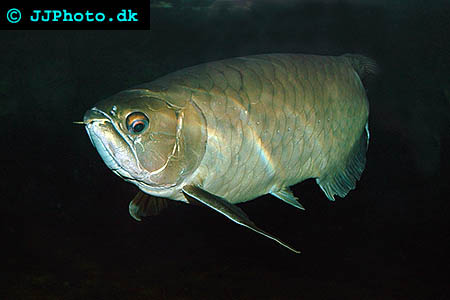
New to fishkeeping? Here are some things new fishkeepers shouldn't do...Copyright © Practical FishkeepingThe most important consideration when keeping fish is the fish themselves. These live animals are totally dependant on you to keep them alive and healthy. They demand the right care and respect, and it is your duty to offer them the best conditions that you can.Don’t stock too quicklyA common no-no. If you stock your tank too quickly, there will...






























